From Forest to Face: The Journey of Mushroom Serum in Skincare

Mushrooms are fascinating and play a crucial role in our ecosystems. From their unique growth patterns to their diverse applications in culinary and medicinal fields, understanding mushrooms can unlock numerous benefits. This article delves into the secrets of mushroom growth, exploring their natural habitats, the processes involved in extracting valuable compounds, and the importance of sustainable sourcing. Additionally, we will share real-life testimonials and case studies that highlight the remarkable advantages of mushrooms.
Key Takeaways
- Mushrooms thrive in various natural habitats, each species having specific environmental preferences.
- Sustainable harvesting practices are essential to maintain ecological balance and preserve mushroom populations.
- Advanced extraction and formulation techniques are used to derive valuable compounds from mushrooms for medicinal and culinary applications.
- Understanding the factors influencing mushroom growth can enhance cultivation success both in natural and controlled environments.
- Real-life case studies and testimonials demonstrate the wide-ranging benefits of mushrooms, from health improvements to culinary delights.
Overview of the natural habitat and growth of mushrooms
By exploring the world of mushroom growth, we can gain a deeper understanding of these remarkable organisms and appreciate their diverse culinary, medicinal, and ecological significance. This enhanced section provides a clearer, more scientific insight into mushroom biology and the specific environmental conditions required for the growth of different mushroom types, aimed at catering to readers with a keen interest in the scientific aspects of mushroom cultivation.
The extraction and formulation process of mushroom serum
The extraction and formulation process of mushroom serum involves using extracts and powders to harness the medicinal benefits of mushrooms.
Extracts: These are the best way to obtain concentrated bioactive molecules from fresh or dried mushrooms. Dual extracts made from both water and alcohol are recommended for the best results.
Powders: Made by grinding dried mushrooms, powders are an excellent way to add mushrooms to soups, stocks, and broths without having large chunks. They can also be packed into capsules or made into teas.
Examples:
- Shiitake Liquid Extract
- Dry Mushroom
- Sundried Lion’s Mane Mushrooms
- Sundried Shiitake Mushrooms
- Dried Reishi Mushroom
Environmental and sustainable aspects of sourcing mushrooms
Sustainable Harvesting Practices
Sustainable cultivation practices are essential for ensuring the long-term viability of mushroom farming. As interest in sustainable agriculture grows, there has been a shift towards organic and environmentally friendly cultivation practices for mushrooms. This includes sourcing local, sustainably harvested substrates, minimizing waste through recycling and composting, and reducing energy consumption through efficient heating and cooling systems. Mushroom cultivation is an agricultural waste clean-up technique that offers a sustainable approach for value addition through bioconversion of low-value crop residues.
Impact on Local Ecosystems
The impact of mushroom cultivation on local ecosystems can be significant. Sustainable methods help in maintaining the balance of the ecosystem by ensuring that the natural habitat is not disrupted. For instance, pink oyster mushrooms are eco-friendly and nutritious, perfect for sustainable diets. Growing them requires minimal resources, making them an excellent choice for eco-friendly skincare and sustainable beauty products. Functional mushrooms are increasingly making their way into people's health routines, and the demand for these ingredients continues to grow exponentially.
Certifications and Standards
Certifications and standards play a crucial role in promoting sustainable mushroom cultivation. Embracing organic farming and local sourcing for a greener future is essential. Discover key eco-friendly practices for sustainable mushroom cultivation, such as organic farming and local sourcing. These certifications ensure that the mushrooms are grown under conditions that are environmentally friendly and socially responsible. Therefore, fungi are expected to provide a more sustainable source of chitin compared to current marine-based processes.
Testimonials or case studies showcasing real-life benefits.
Case Study: Medicinal Benefits
Ongoing research explores the biotechnological and medicinal aspects of edible mushrooms cultivated worldwide. These studies aim to uncover additional health benefits, such as improved immune response and antioxidant properties. For instance, different studies reviewed show that mushrooms could positively impact poultry production, improve growth performance, and modulate immune response.
Case Study: Culinary Uses
Each mushroom species contains a unique profile of healthy, natural compounds and fiber. They can be enjoyed fried or fermented and complement all manner of dishes. This versatility makes them a favorite among chefs and home cooks alike.
Testimonials from Mushroom Growers
Many mushroom growers highlight the dual benefit of cultivation using lignocellulosic biomass as a substrate. This method not only helps in solving lignocellulosic waste issues but also promotes sustainable farming practices. Growers often emphasize the advantages of this approach, such as resource management and optimization, which are crucial for profitable and sustainable farming.
Conclusion
By delving into the natural habitat and growth of mushrooms, we uncover the intricate processes that make these organisms so unique and valuable. From the meticulous extraction and formulation of mushroom serum to the environmental and sustainable practices in sourcing, each step highlights the importance of understanding and preserving these natural wonders. Real-life testimonials and case studies further emphasize the tangible benefits mushrooms offer, from culinary delights to medicinal properties. This comprehensive exploration not only enriches our knowledge but also fosters a deeper appreciation for the ecological and economic significance of mushrooms. As we continue to unlock their secrets, we pave the way for innovative applications and sustainable practices that benefit both humanity and the environment.
Frequently Asked Questions
What are the ideal conditions for mushroom growth?
Mushrooms thrive in environments with high humidity, moderate temperatures, and low light. They prefer substrates rich in organic matter, such as decaying wood or compost.
How can I sustainably harvest mushrooms?
Sustainable harvesting involves collecting mushrooms in a way that does not harm the local ecosystem. This includes leaving some mushrooms behind to ensure future growth and avoiding damage to the mycelium.
What are some common types of mushrooms and their preferred habitats?
Common types of mushrooms include shiitake, which prefers hardwood logs; oyster mushrooms, which thrive on straw or sawdust; and morels, which are often found in forested areas with rich, loamy soil.
What are the benefits of mushroom serum?
The mushroom serum is known for its medicinal properties, including anti-inflammatory and antioxidant effects. It is used in skincare products to promote healthy, youthful skin.
How do mushroom growers ensure the quality of their produce?
Mushroom growers ensure quality by maintaining optimal growing conditions, using high-quality substrates, and following proper harvesting and handling techniques. Certifications and standards also help in maintaining quality.
What impact does mushroom harvesting have on local ecosystems?
If done sustainably, mushroom harvesting can have minimal impact on local ecosystems. However, overharvesting or improper techniques can disrupt the balance of the ecosystem and harm other plant and animal species.

